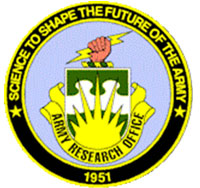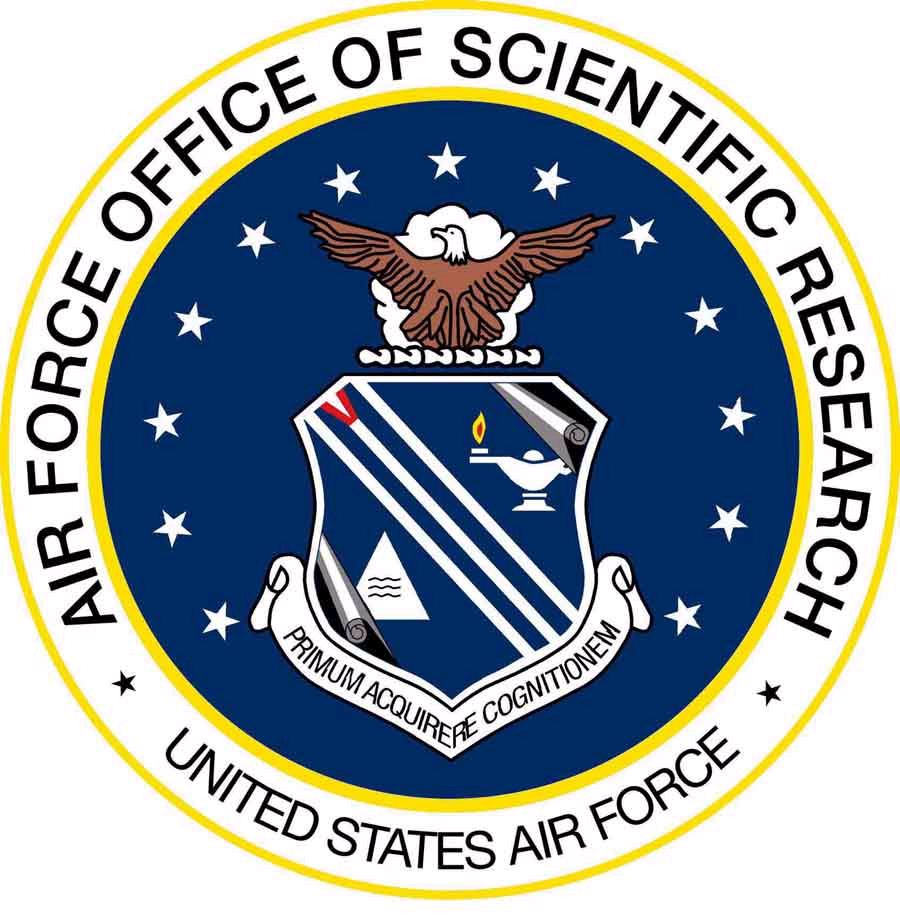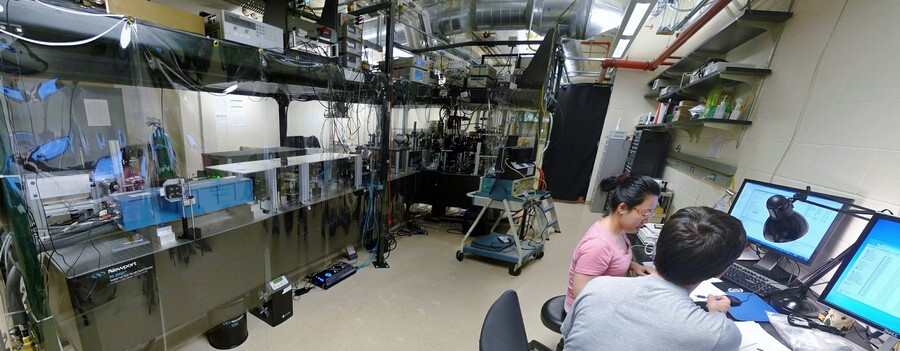
Atom Cooling and Trapping
Our primary research is in the area of atom cooling and trapping. The central feature of our program is the study of strongly interacting Fermi gases near a Feshbach resonance, using all-optical methods to achieve quantum degeneracy. Our experiments employ an optical trap consisting of a single focused beam from a high-power ultrastable CO2 laser. Atoms are attracted to the highest intensity region near the focal point, where a potential well is formed. By employing an ultrahigh vacuum, trap lifetimes of 400 seconds are achieved. Forced evaporation in the optical trap is used to achieve quantum degeneracy.
The all-optical approach is ideally suited to exploring atomic gases with magnetically tunable interactions, as used in our experiments. Thus we can produce a Fermi gas with an interaction strength which can be tuned from zero to very strongly attractive or repulsive, creating the most strongly interacting, nonrelativistic system known.
Surprisingly, this strongly interacting atomic gas shares similarities to many other system in nature, such as high-temperature superconductors, neutron stars, and the quark-gluon plasma of the Big Bang, which has been reproduced in heavy ion collisions. Our research program strives to make precise and model-independent measurements to aid in the theoretical understanding of these systems.
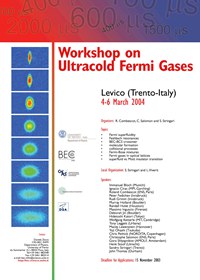
Degenerate Strongly Interacting Fermi Gas

Our group was the first to produce a strongly interacting degenerate Fermi gas in the so-called BEC-BCS crossover region and to observe its elliptic flow. Science, 298, pp. 2179-2182 (2002). This data has been featured in many places, including the poster for the first workshop on ultracold Fermi gases. We were also the first group to observe evidence for superfluid hydrodynamics, Phys. Rev. Lett., 92, pp. 150402 (2004). [Read more]
Radio Frequency Spectroscopy in Quasi-2D Fermi Gases

We measure radio-frequency spectra (bottom) for a two-component mixture of a 6Li atomic Fermi gas, confined in quasi-two-dimensional pancake traps, which are created by a CO2 laser standing wave (top). We study the regime where the transverse Fermi energy is comparable to the energy level spacing in the tightly confining direction. Near the Feshbach resonance, we find that the observed positions of the resonances do not correspond to transitions between confinement-induced dimers. The spectral shifts can be fit by assuming transitions between noninteracting polaron states in two dimensions. [Read more in the paper]
Nonlinear Hydrodynamics and Shock Waves in Quantum Matter
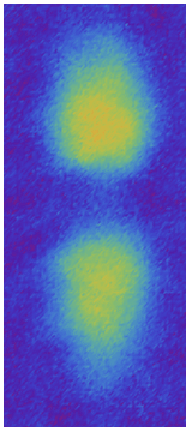
We investigate a new paradigm for nonlinear hydrodynamics in quantum matter, by colliding two strongly interacting atomic Fermi gas clouds
to observe traveling shock waves. In contrast to previous investigations into the dispersive properties of weakly interacting Bose-Einstein condensates, our Fermi gas system enables investigation of shock-waves with tunable interactions over a wide range of temperatures, to explore dissipative as well as dispersive hydrodynamics. [Read more in the paper]

